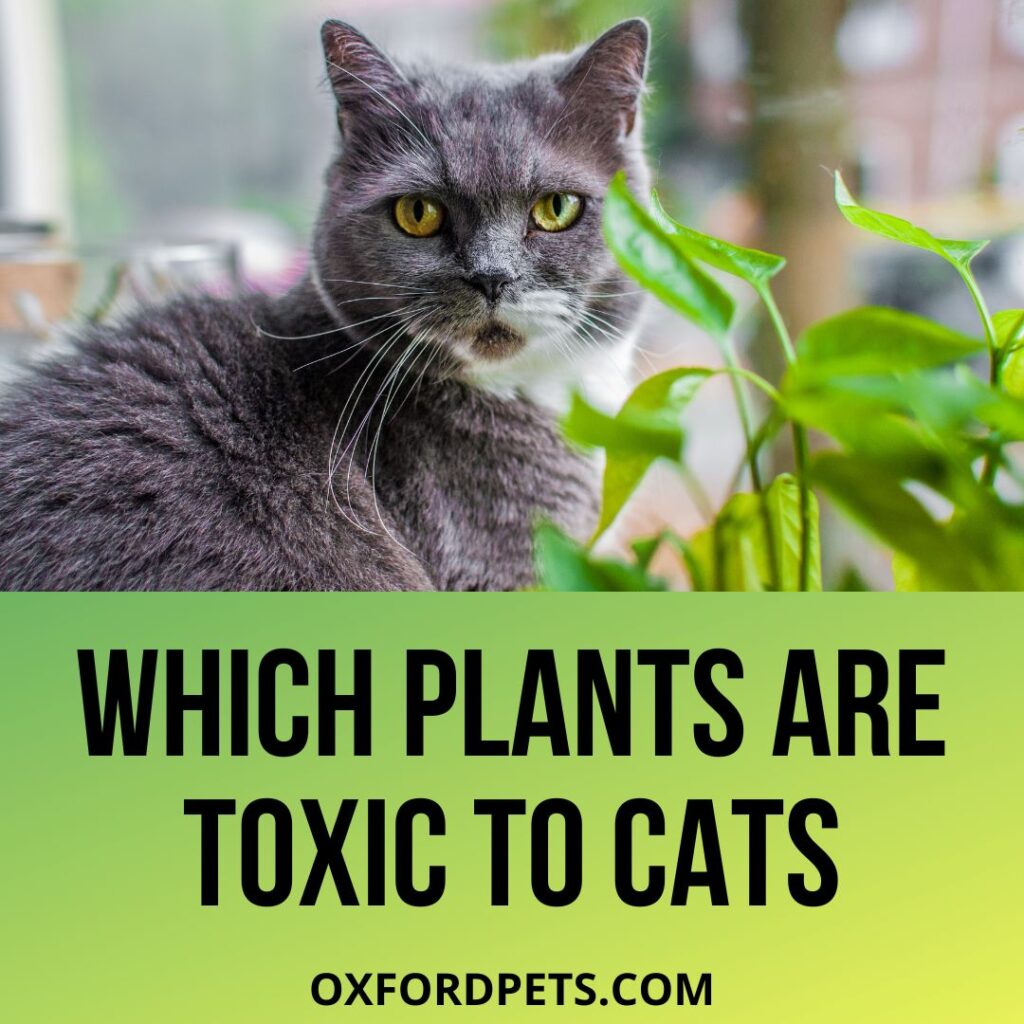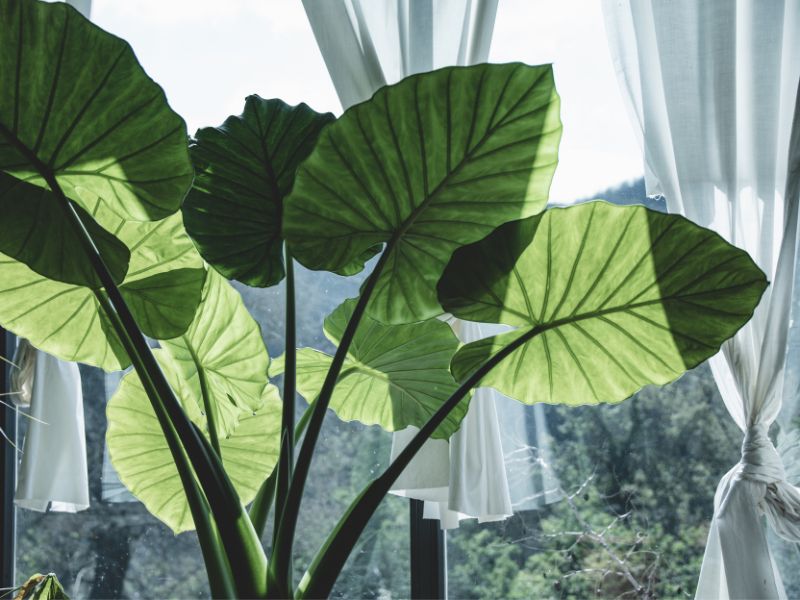Are Elephant Plants Toxic to Cats? What Every Pet Owner Should Know

If you’ve ever tiptoed around your living room in the early morning, only to spot your cat mid-chomp on a new plant, you know the jolt of panic that follows. “Wait—was that leaf supposed to be safe?” Most pet parents have been there. But here’s what almost nobody admits: even the most diligent among us fall into the same traps when it comes to houseplants and our cats.

Let’s dig into those unspoken mistakes, especially with the so-called “elephant plant,” and how you can sidestep them with a little less stress—and a lot more confidence.
Mistake #1: Trusting Common Names (And Ending Up Googling at 2 AM)
Here’s a confession: I once spent an hour panicking over my “elephant plant” after reading conflicting advice online—only to realize three days later I was looking up the wrong species altogether. The term “elephant plant” is like a nickname at summer camp; everyone uses it, but no one agrees who it actually belongs to.
What people don’t talk about:
Most warnings gloss over this confusion. They’ll tell you “elephant plants are safe!” or “they’re dangerous!” without clarifying which plant they mean.

The real solution:
Always check for the scientific name—in this case, Beaucarnea recurvata (Ponytail Palm). This one is not toxic to cats according to both ASPCA and Pet Poison Helpline. Meanwhile, Elephant Ear (Alocasia/Colocasia) is hazardous and causes mouth burns and vomiting if nibbled. If your tag is missing or faded, use apps like PlantSnap, but cross-reference with reputable sites (don’t just trust the first result).
Mistake #2: Assuming “Non-Toxic” Means “No Problems”
The label "non-toxic" is comforting—but also misleading. It doesn’t mean your cat can chow down on leaves like it’s an all-you-can-eat salad bar.
Two years ago, my own tabby decided Beaucarnea recurvata fronds made excellent chew toys. Within hours? One impressive hairball and some undignified retching on my area rug. Turns out, any fibrous greenery can cause mild stomach upset—even if it’s technically safe.

What everyone overlooks:
Even pet-safe plants can trigger vomiting or diarrhea if eaten in bulk.
Personal fix:
After my rug incident, I started putting cat grass pots next to my houseplants as decoys (the wheatgrass was $4 at PetSmart). My cat immediately lost interest in everything else green—and my ponytail palm has been pristine ever since.
Mistake #3: Not Double-Checking After Repotting or Buying Pre-Owned Plants
Here’s something rarely discussed outside of gardening forums: sometimes people swap pots or mix up tags during repotting parties or Facebook Marketplace sales. Back in 2019, I bought a lush “ponytail palm” from a neighbor… only for my vet friend to point out weeks later that it was actually an Alocasia tucked into the wrong pot! That could have ended very badly for my curious feline if she’d taken a bite.

Lesson learned:
Always inspect new plants before bringing them home—especially hand-me-downs or swaps from friends. Snap a photo and ask at your local nursery if you’re unsure; most staff love to help ID mystery greens.
Mistake #4: Ignoring Cat Habits Until It’s Too Late
I used to believe my cat simply wasn’t interested in plants—until she suddenly was. Cats are unpredictable; some ignore foliage for years then develop an overnight obsession with chewing every leaf in sight.
Unspoken truth:
Behavior can change fast (especially after introducing new pets or moving furniture).
![Is Elephant Bush Toxic to Cats and Dogs and Kids? [ANSWERED]](https://em2vykam66o.exactdn.com/wp-content/uploads/2022/11/IsElephantBushToxictoCatsandDogsImage_6d9efb2f7b62bd374cd07470e7c84c1e_800.jpeg?strip=all&lossy=1&w=1100&ssl=1)
Proactive step:
For any new plant—even non-toxic ones—I now keep it out of reach for two weeks while watching for signs of interest: sniffing, pawing, batting at leaves. If curiosity spikes, citrus peels around the base work wonders (most cats hate the smell), though double-sided tape on pots also deters persistent nibblers.
Mistake #5: Underestimating How Fast Accidents Happen
Let me paint a picture: You set your elephant plant on a sunny windowsill and go about your day. You come back from work… and find half the fronds chewed off, soil scattered across hardwood floors like confetti from a disastrous parade.
Most advice skips right past these little disasters—but they’re normal! The trick isn’t avoiding every mishap; it’s creating backup plans:
- Hang plants using macramé holders ($10–$20 on Etsy)
- Use bookshelves as vertical barriers
- Give cats their own window perch so they ignore your leafy decor
The Takeaway No One Tells You
You will make mistakes—and that’s okay. Half of being a responsible pet parent isn’t getting everything right on the first try; it’s learning quickly when things go sideways. In fact, most of us only get really good at keeping both pets and plants alive after we’ve made all these classic errors ourselves!
So before you spiral down another late-night internet rabbit hole:
- Confirm your plant species by scientific name
- Don’t take “non-toxic” as permission for unlimited snacking
- Watch how your specific cat interacts with new greenery
- Prepare for minor accidents—they happen!
- And always double-check secondhand finds before trusting labels
These tiny steps make all the difference between chaos and calm in homes with cats and houseplants alike. And hey—you’re already ahead of most folks just by caring enough to read this far.
Enjoy your Beaucarnea recurvata with peace of mind—and maybe invest in an extra lint roller or two… just in case hairballs strike again!



